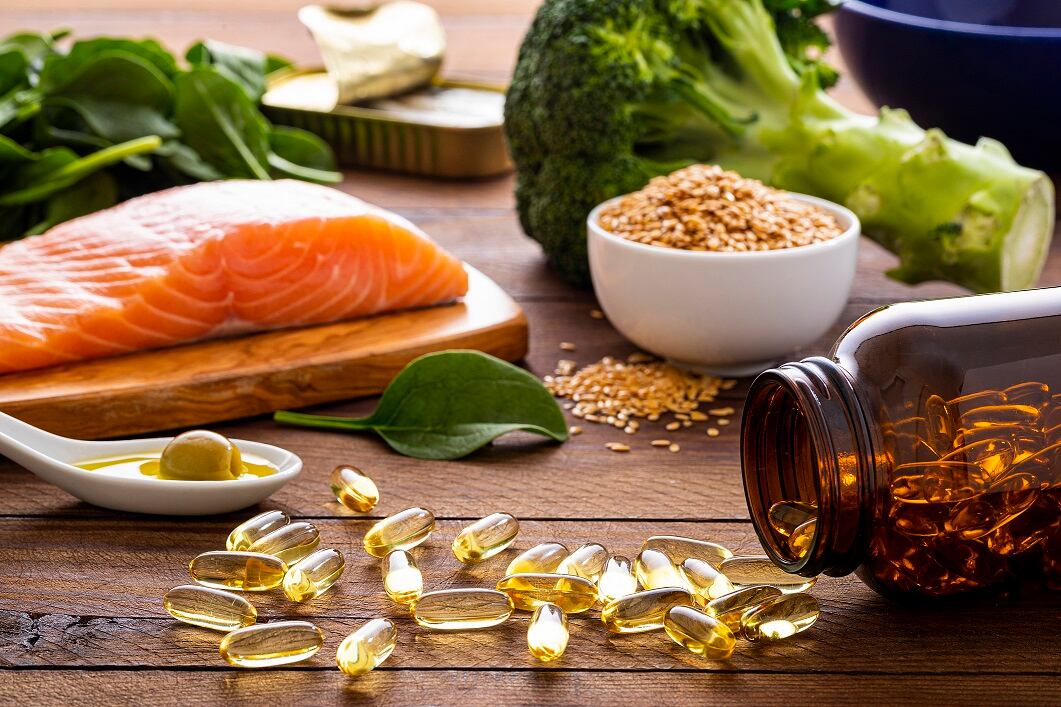Higher total n-3 PUFA and long-chain PUFA intake were both associated with reduced breast cancer risk due to the mediating role of erythrocyte eicosapentaenoic acid (EPA) and docosahexaenoic acid (DHA), and the sequential mediation of docosapentaenoic acid (DPA), according to recent study results.
The authors say findings indicate the possible role of dietary n-3 PUFAs in breast cancer risk assessment and may “fully explain” their protective qualities.
“The results of the mediation analysis may help to provide insight into the mechanisms underlying the protective effect of dietary n – 3 PUFAs on breast cancer risk and provide research basis for developing targeted cancer prevention strategies,” they write in Frontiers in Nutrition.
“This will cultivate the interest in erythrocyte n – 3 PUFAs as comprehensive biomarkers related to breast cancer and provide dietary nutritional modification strategies for breast cancer patients.”
Subject profile
Higher n-3 PUFA intake is associated with lower risk of breast cancer, however the protective mechanisms involved are unclear, the authors maintain.
Scientists therefore sought to examine the mediating role of erythrocyte n-3 PUFAs in relation to dietary omega-3 intake and on breast cancer risk. Human erythrocytes (red blood cells) have a life cycle of around 120 days and are considered biomarkers of dietary n-3 PUFAs, they explain.
The case-controlled study involved 850 female subjects, aged 25-70 years with confirmed breast cancer diagnoses in the three months prior to initial interviews. The controls (861) did not have breast cancer.
Data analysis and collection
Data on lifestyle behaviour (including smoking and drinking habits), anthropometric factors, family medical history, and menstrual and reproductive history was collected in face-to-face interviews. Subjects also completed a food frequency questionnaire to assess dietary intake of n-3 PUFAs, including alpha-linoleic acid (ALA), in the year prior to the study baseline.
Fasting venous blood samples were obtained to measure erythrocyte fatty acid levels using a chloroform / methanol solution.
Researchers employed the Mann-Whitney U-test for continuous variables to examine differences in characteristics between breast cancer cases and controls, including dietary intake of n-3 PUFAs.
Positive correlation
The authors note that subjects with breast cancer were more likely to have high BMI, regularly consume alcohol, and have a family history of cancer, in addition to overall lower levels of education. Furthermore, they were less active and consumed fewer ALAs, long-chain n-3 PUFAs and total n-3 PUFAs than controls.
Higher intake of dietary ALA, long-chain n-3 PUFAs and total PUFAs were all associated with disease risk.
Positive correlations were observed between long-chain n-3 PUFA intake and EPA, DPA and DHA in erythrocytes, and total n-3 PUFAs with higher proportions of erythrocyte EPA and DHA, but not DPA. Thus, erythrocyte n-3 PUFAs were “significantly and positively correlated with each other”, the authors write.
Mediation analysis revealed significant indirect effects of ALA intake for breast cancer risk, including increased erythrocyte EPA, which led to higher DPA or DHA. However, the role of ALA on breast cancer risk through erythrocyte n-3 PUFAs was not significant.
Lower cancer risk
On the other hand, total indirect effects of long-chain n-3 PUFAs and disease risk were significant, and high intake was associated with lower breast cancer risk through erythrocyte EPA or DHA mediation.
The authors explain: “Erythrocyte EPA or DHA alone had a significant mediating effect. However, erythrocyte DPA can play a chain mediating role and were inversely associated with breast cancer risk only when it combined with EPA and DHA.”
Finally, sufficient total n-3 PUFA intake demonstrated both direct and indirect effects on risk factors, with a total mediating effect of 19.31%.
“The inverse association of dietary long-chain or total n – 3 PUFAs with breast cancer risk could be accounted for the potential beneficial actions of dietary long-chain or total n – 3 PUFAs on increasing erythrocyte long chain n – 3 PUFAs,” the researchers say.
“However, erythrocyte n – 3 PUFAs were not mediators in the association between dietary ALA and breast cancer risk.”
Source: Frontiers in Nutrition
Published online, November 3, 2022: http://doi.org/10.3389/fnut.2022.990755
‘Association of dietary n – 3 polyunsaturated fatty acids with breast cancer risk: Serial mediating roles of erythrocyte n - 3 polyunsaturated fatty acids’
Authors: Zhuolin Zhang, Yiling Jian, Xue Li, Dandan Shi, Ting Ma, Ruolin Zhou, and Caixia Zhang

